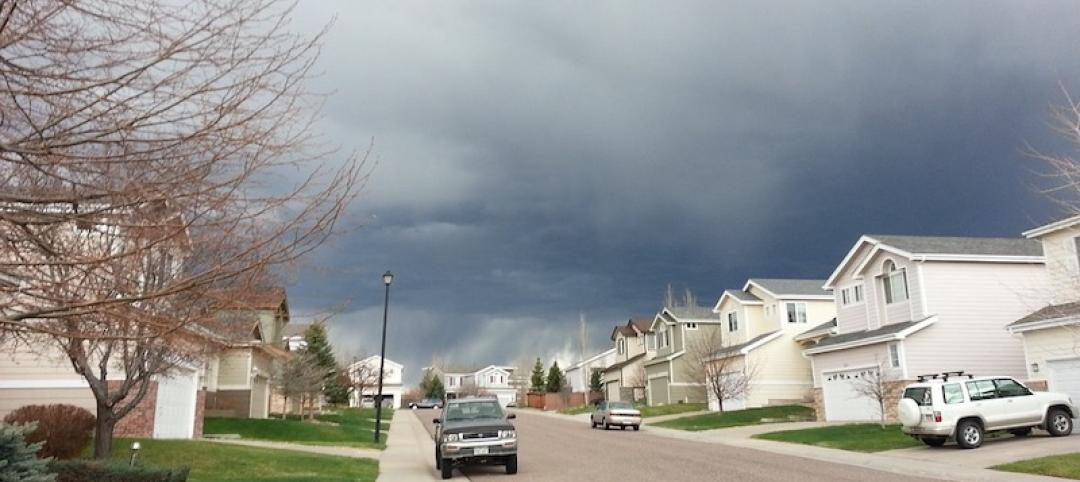The National Institute of Standards and Technology recently submitted a report to Congress outlining steps to improve building functionality after natural disasters.
The report fills a request by Congress for “immediate occupancy (IO)” building codes and performance standards strategies to make more buildings more resilient to a wide variety of hazards. Existing standards and codes focus on reducing the likelihood of significant building damage or collapse, but do not typically address the need to preserve quality of life by keeping buildings habitable and functioning as normally as possible, a NIST official says.
Some of the obstacles to making buildings more functionally resilient after a natural disaster include:
— Convincing communities to invest in IO standards in advance of the event
— Clarifying the costs and benefits
— Influencing and incentivizing private owners to make the necessary investments in their buildings
— Determining special implementation procedures for public buildings since some do not have to comply with local codes
— Dealing with the old structures that tend to house the most at-risk populations
— Determining who is liable for building performance
— Encouraging collaboration in standards development
The report says that “increasing the performance goals for buildings would not be easily achieved, but the advantages may be substantial” and making them a reality “would entail a significant shift in practice for development, construction, and maintenance or retrofit of buildings.”
Related Stories
Urban Planning | Aug 27, 2019
Pop-up parks revitalize empty lots
Pop-up parks that provide instant open areas for public use and programming can revitalize under-utilized spaces and add vibrancy to neighborhoods.
Codes and Standards | Aug 22, 2019
Texas flood prevention initiative would create nation’s most ambitious barrier system
Plan including sand dunes and mechanical barriers would cost as much as $32 billion.
Codes and Standards | Aug 22, 2019
Multimedia app identifies construction hazards
Researchers say program will reduce injuries, save lives.
Codes and Standards | Aug 22, 2019
Cities take action to keep cool as climate heats up
Initiatives include cool streets, cool roofs, and broader urban tree canopy.
Codes and Standards | Aug 22, 2019
5G expected to give a boost to construction technology
Virtual reality, Internet of Things, robotics, and drones will all benefit from enhanced data flows.
Codes and Standards | Aug 15, 2019
New edition of Building Code Requirements for Structural Concrete available
American Concrete Institute document includes major technical changes.
Codes and Standards | Aug 13, 2019
Coaching pays off for new managers
Study finds increased engagement and readiness for new roles.
Codes and Standards | Aug 12, 2019
New curtain wall design guidelines released
AAMA document includes mandatory language, optional language, and detailed technical commentary.
Codes and Standards | Aug 9, 2019
Cities modify density zoning to spur more affordable housing projects
Solutions include eliminating single-family zoning and allowing taller apartments in higher-density zones.
Codes and Standards | Aug 8, 2019
More designers focusing on acoustic properties of buildings
Recognition that structures should be acoustically satisfying.

















